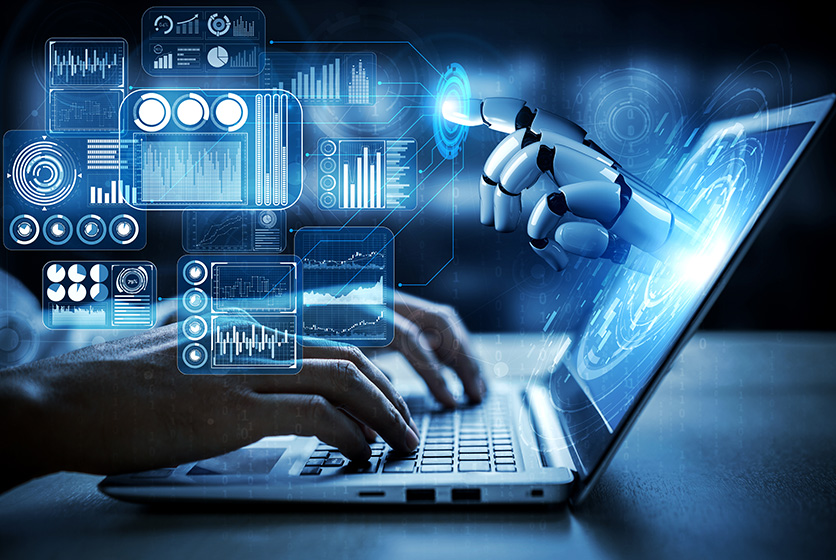Human beings have always been engineers! Every invention in the history of humankind is an example of engineering at work. From the very first pulley, wheel & fulcrum to be invented, to today’s world of artificial intelligence, and robotics, the world of engineering has evolved and how! It is super–interesting to delve into the world of the current trends that are shaping the engineering industry.
Digital Twin Technology
Imagine the ability to create a digital replica of almost any product in the world! This is the concept of Digital Twin that is helping engineers study a physical object in all its complexity simply by creating a Digital Twin of the same. The term was made popular in 2010 by John Vickers of NASA and was first spoken about in 1991 by David Gelernter. Dr Michael Grieves, Executive Dir/Chief Scientist Digital Twin Institute, applied this concept for the first time in the manufacturing sector in 2002.
Additive Manufacturing or 3D Printing
This technology can be traced back to 1945 in a short story titled, ‘Things Pass By’. Murray Leinster described a process of construction that perhaps set the concept rolling for today’s 3D printing. Additive manufacturing helps construct physical 3D models with the help of a 3D printer. It has now found use in sectors such as manufacturing, automotive, and product development.
Artificial Intelligence (AI) and Machine Learning (ML)
These terms are often used interchangeably but they differ in a few ways. AI is a machine with the power to mimic cognitive functions that are typically associated with humans. ML helps a machine learn via algorithms based on experiencing enormous amounts of data. Think of ML as an application of AI. Using them together is helping the engineering industry make better decisions, increase operational efficiency, reduce errors, and have deeper analytical powers too. Warren McCulloch, John McCarthy, and Alan Turing are a few of the names associated with the origins of AI & ML.

Sustainable Engineering
Going green has become a necessity these days in every walk of life. Sustainable engineering can be thought of in two ways: environmental engineering and adopting eco-conscious practices in engineering processes. Green engineering is now making sustainable design the focus when it comes to:
-
Usage of natural resources to manufacture products
-
Infrastructure solutions
-
Minimising wastage
-
Pollution prevention / reduction
-
Adopting a systematic lifecycle approach
Perhaps one of the earliest applications of environmental engineering can be seen in the way Sir Joseph William Bazalgette, a civil engineer, created a sewerage system to clean up the river Thames.
Industrial Internet of Things (IIoT)
The IIoT extends the now-familiar concept of internet of things or IoT to industrial applications. Some of the things that power IIoT are cloud computing, sensors, big data analytics, AI, ML, radio frequency identification tags, and smart machines. The history of IIoT can be traced to 1968 when Richard Morley invented the programme logic controller, and it was applied by General Motors in the manufacturing chain.
Robotics and Automation
Today’s highly sophisticated robots can trace their lineage to the electronic autonomous robot created by William Grey Walter in 1948! Automation and robotics are so prevalent these days that they have become a field of engineering by themselves. It is also significant to note that robotics and automation draws from virtually all streams of engineering to make industries more precise and efficient.
Augmented Reality (AR) and Virtual Reality (VR)
Both these technologies help blur the lines between the real world and the digital domain. AR blends the real world with computer-generated worlds. VR is a completely simulated experience. Think of it this way – VR completely substitutes real world experiences while AR is a blend of both – real & ‘artificial’. Ivan Sutherland is associated with both the technologies since he developed a rudimentary device in the 1960s. AR & VR can help the manufacturing sector by providing training, and helping workers learn to control complex / sophisticated / expensive machinery in the virtual world before graduating to using them in the real world.
Blockchain technology, bioengineering, and intelligent engineering are just a few other trends that are shaping the engineering sector. And making it an extremely dynamic space to watch!